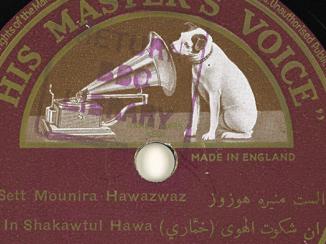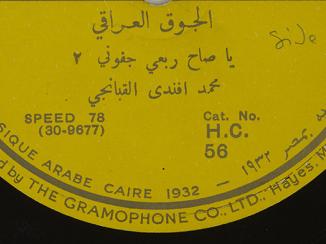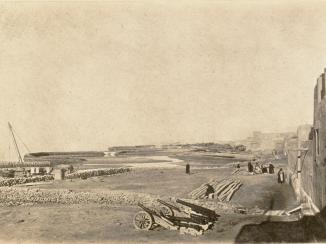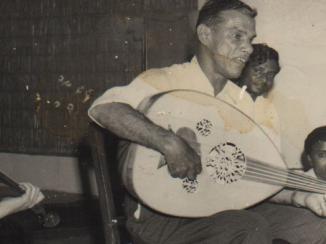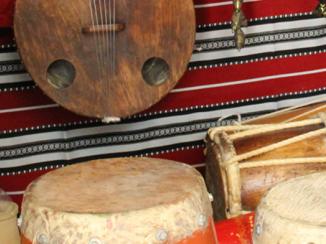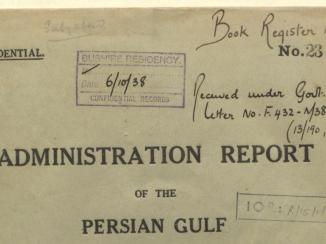Overview
The ethnomusicologist Simon Jargy describes ṣawt as a ‘... a genuine musical tradition of the Gulf region resulting from the spirit of synthesis inherent in the poetic and musical talents of its pioneers’
Ṣawt (also spelled sowt, saut or sut; lit. ‘voice’) is the urban music of the Arabian Peninsula and the Gulf region and is strongly influenced by musical genres from Bedouin and fishing communities. As most ṣawt musicians have had contact with neighbouring music cultures, one can trace influences from Indian, Persian, Egyptian and African musical genres as well.
Not to be confused with ṣawt al-khalīj (lit. ‘voice of the Gulf’), which refers to a popular genre played all over the Middle East that combines elements of traditional Gulf, Egyptian and Western pop music, ṣawt mainly consists of two interwoven musical elements. The scales and method of playing the Oud originate in Classical Arabic music while the polyrhythmic structures and lyrics originate in Bedouin and fishing communities’ musical traditions.
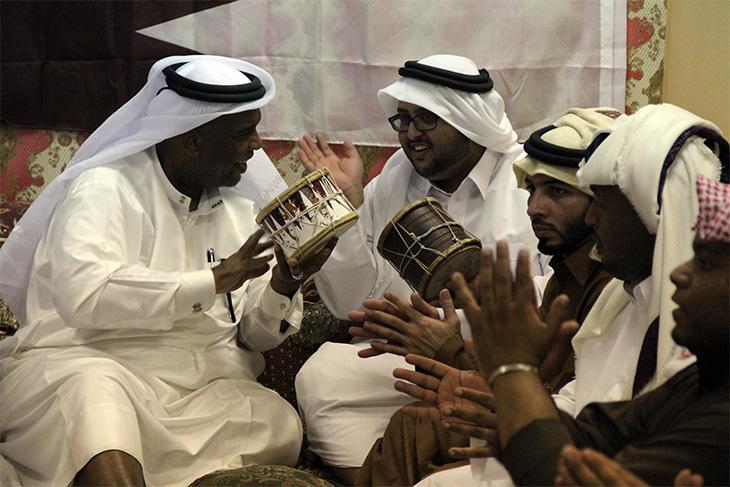
The Performance Space
In the Gulf, traditional music parties (samrah) are conducted in the cooler months of the year. A traditional ṣawt performance can take place in the semi-public dār – a larger room or a house dedicated to music and dance – or a diwaniya (majlis), which is a traditional meeting place for men in the Gulf and is often solely dedicated to musical performances. In the past, performances might also have taken place in a makeshift building used by pearl divers for musical events. While the musicians sit at the end of the room, the visitors sit in two long lines facing each other. Visitors are encouraged to join in with clapping and dancing.
A Contemporary Ṣawt Performance in Kuwait
While undertaking research in Kuwait, I filmed a traditional ṣawt performance at the diwaniya of the Bin Hasseyn family. At least once a week the members of the diwaniya meet, sing, play music, chat and eat together. One evening in May 2014 around sixty men gathered there to sing, dance and make music. After the evening prayer and a lengthy performance of the līwa, an African-influenced ritual dance, an elaborate dinner was eaten by the musicians. The men sat on the floor around several large round plates heaped high with biryani rice and marinated zubaidi fish.
After the meal, the group began to sing and play sea music. Towards midnight it was time for the ṣawt performance. The singer and Oud players – Sultan Al-Metftah, Nasser Abou-‘Awadh – the violin player, Ahmad Al-Salhi, and several mirwas (drum) players took their places towards the end of the rectangle-shaped room and commenced to play the more serene ṣawt genre. Other men sat around the main artists, listening to the lyrics and melody and accompanying with hand-clapping and occasional group singing. There was clearly no distinction between musicians and spectators.
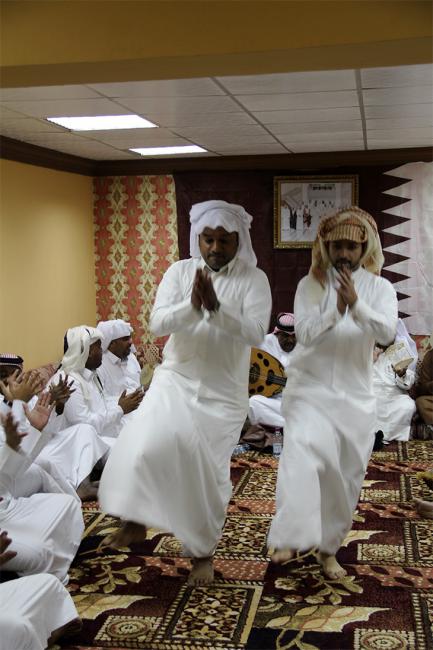
The Origin of Ṣawt
Though some authors try to establish a link between ṣawt and the music described in the historical music anthology Kitāb al-aghānī (Book of Songs) by Abū Al-Faraj Al-Iṣbahānī (AD 897–967) an Arab poet and historian born in Isfahan from the Quraysh tribe, many agree that the art music of ṣawt was developed by musicians from Kuwait and Bahrain in the second half of the nineteenth century and the first half of the twentieth century. There is little evidence to link musical genres over several centuries with the few early historical accounts available, especially because knowledge transfer on the Arabian Peninsula has been primarily oral until recently. Unlike in the case of other cultural practice, which can be studied by researching contemporary documentary sources, audio recordings were naturally not created prior to the twentieth century.
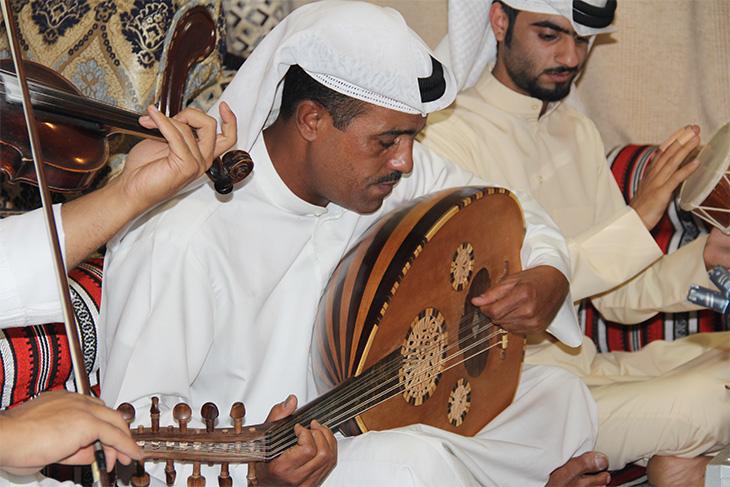
Most sources agree that the ṣawt genre as it exists today was established in Kuwait by the poet, composer, singer and Oud player Abdallah al-Faraj (1836–1901/1903). During his lifetime ṣawt evolved roughly into the form it still maintains today.
Today the ṣawt genre is popular in eastern Saudi Arabia, UAE, Qatar, Kuwait, Bahrain and southern Iraq; musicians from these countries have always interacted with and influenced each other. Therefore ṣawt is a truly regional musical genre common to almost all the Gulf countries and one which has vastly helped in the process of nation-building and in the creation of Arabic unity.



